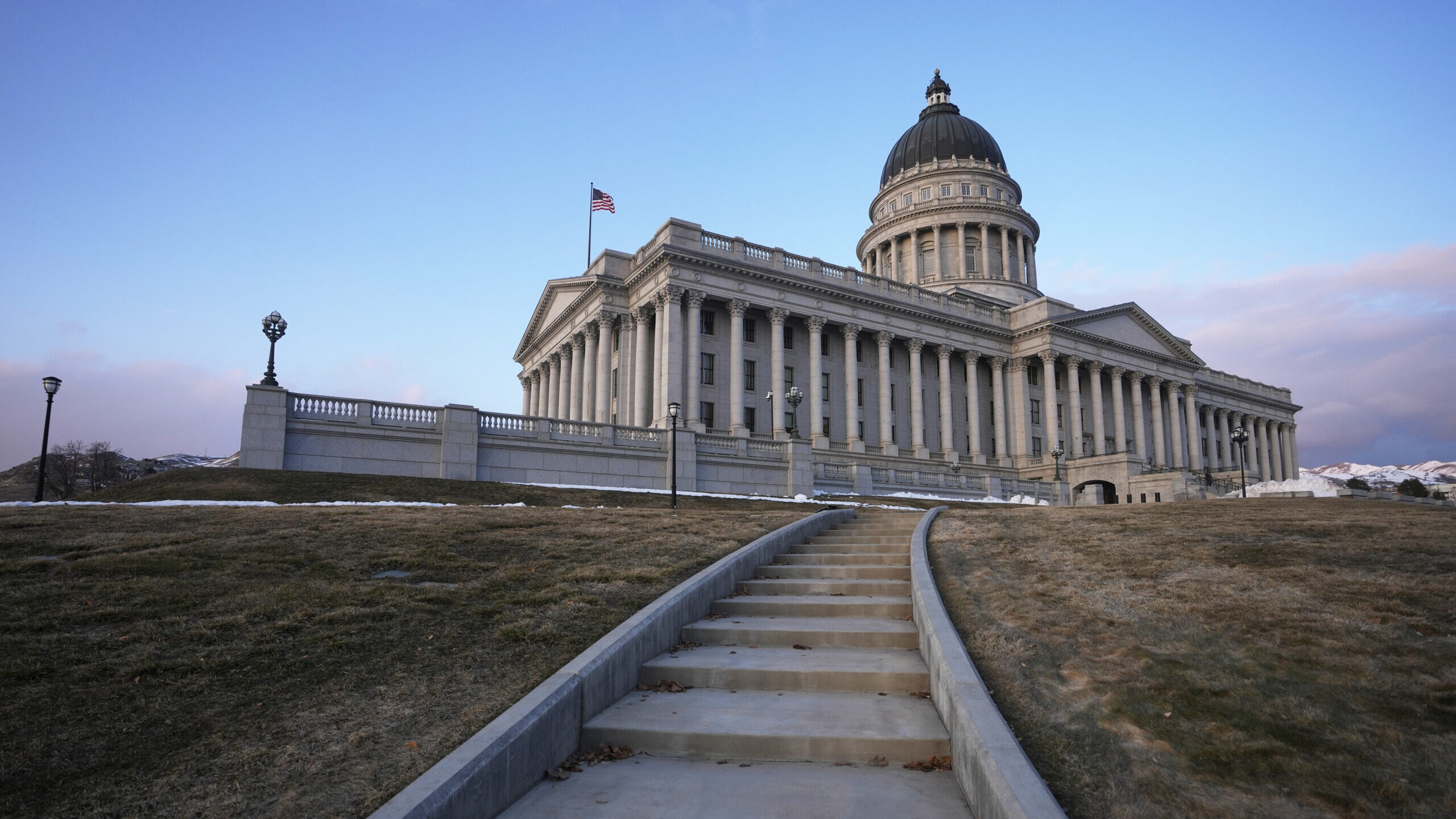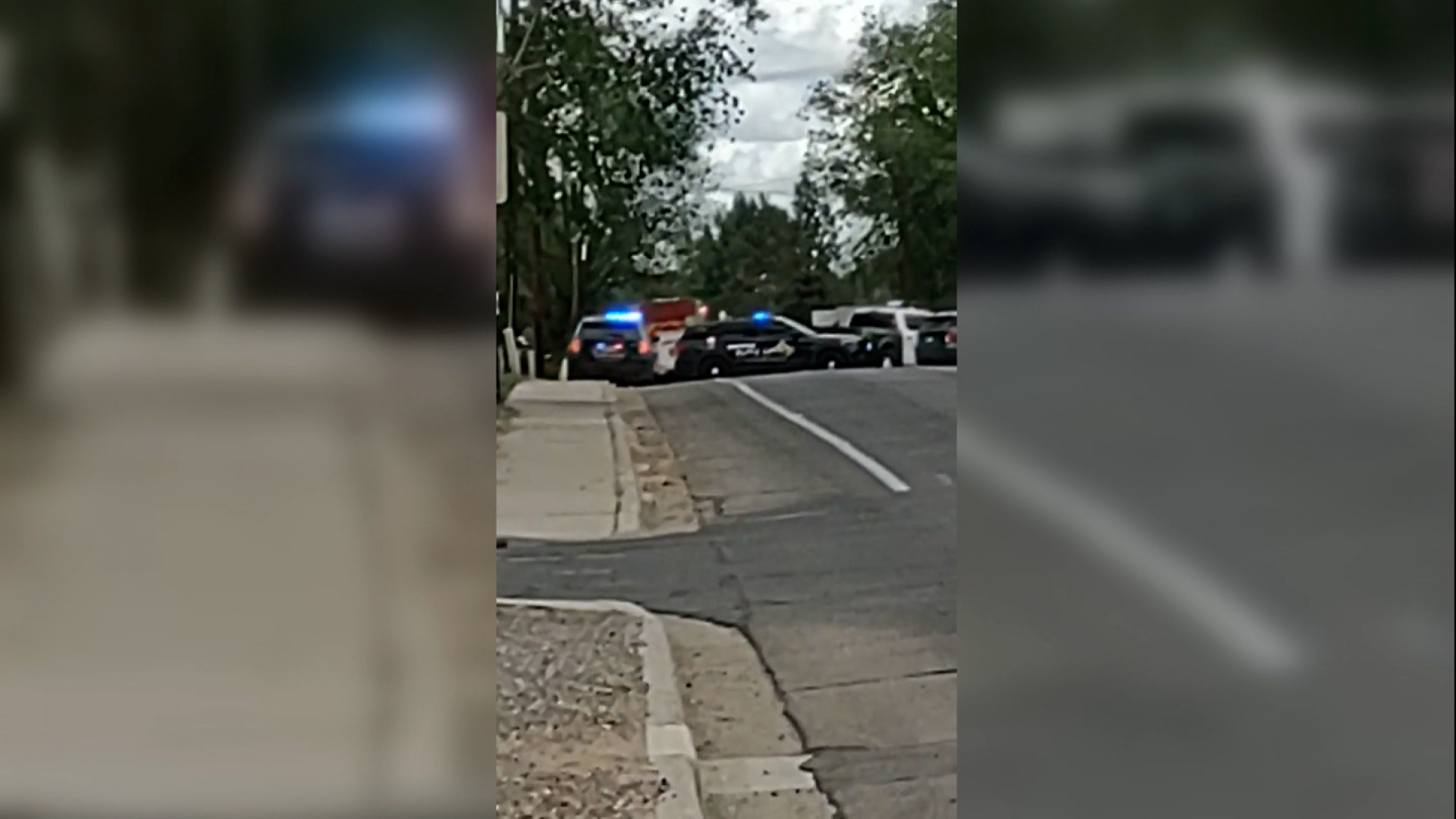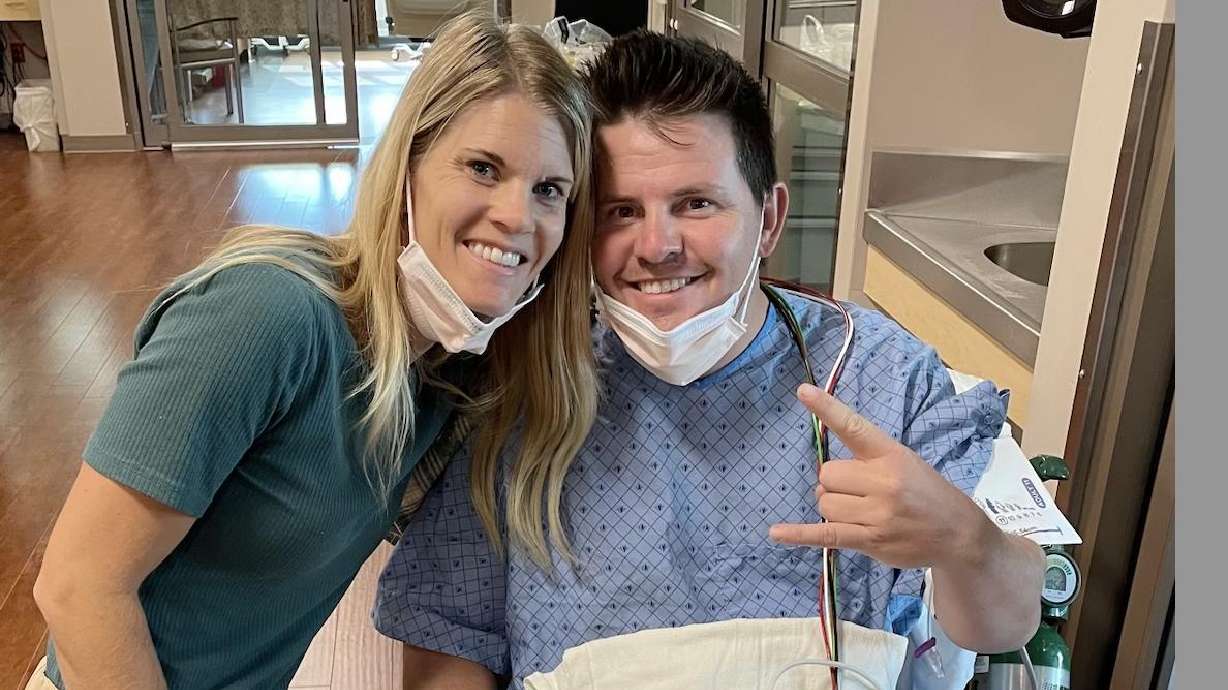ALL NEWS
How the Supreme Court is preparing for its first big phone hearing
Apr 30, 2020, 6:38 AM

WASHINGTON, DC - MARCH 16: (Photo by Drew Angerer/Getty Images)
(Photo by Drew Angerer/Getty Images)
(CNN) — The US Supreme Court has planned test runs with lawyers for its first-ever livestreamed arguments next week and begun devising time limits for the justices’ own questioning.
But if the nine want a prototype of how another nine jurists heard an important case via telephone, they might tune into the give-and-take at what has been dubbed “the second highest court.”
A session by the US Court of Appeals for the District of Columbia Circuit on Tuesday offered a three-hour airing of issues regarding the Constitution’s separation of powers — with minimal technical distractions, some familiar to people working remotely these days.
“One of our judges has unmuted himself,” Judge Thomas Griffith said at one point, apparently having trouble hearing a lawyer’s answers.
“If I could be sure that the judges have their lines muted,” Chief Judge Sri Srinivasan reminded his colleagues.
In a few other instances, Srinivasan seemed to wonder whether judges in the rotation could hear him. “Judge Millett?” “Judge Millett?” But soon the voice of Judge Patricia Millett emerged over the phone line.
The spirited arguments focused on when federal judges have authority to intervene in disputes between Congress and the White House. At issue in the paired controversies was whether former White House counsel Don McGahn must testify before a committee of the US House of Representatives and whether the President may divert funds to build a border wall.
But rather than the rapid-fire series of questions and interruptions that define oral arguments at the DC Circuit and Supreme Court, the tone was more that of a congressional hearing, with the choreography of one member following another.
That is how the 10 upcoming Supreme Court sessions are expected to unfold, beginning Monday and running for two weeks. The court has announced that the justices will ask questions in order of seniority.
After first indefinitely postponing oral arguments in pending cases because of the Covid-19 pandemic, the justices a month later said they would livestream arguments in select cases in May. These sessions, including two centered on subpoenas for President Donald Trump’s financial records, will mark the first time the court has allowed its cases to be heard by the general public in real time. (It has consistently forbidden television cameras.)
Up first on Monday is a low-profile trademark dispute. The justices will hear the Trump challenges to US House subpoenas for financial documents from his longtime accounting and banking firms on May 12, along with a case arising from a New York grand jury’s investigation tied to Trump tax records.
Landlines preferred
To prepare, the Supreme Court has reached out to lawyers involved in its cases to begin scheduling test sessions. Court staffers have encouraged the lawyers who will argue to use landlines and provide alternate phone numbers in case problems arise.
Only those lawyers designated to argue will be able to dial in directly to the line connected to the justices. But the court has told those lawyers that other attorneys may be in the room with them.
Each lawyer will have the usual two minutes to present his or her opening without interruption. Chief Justice John Roberts will begin the questioning, then proceed to the others, in order of seniority, to newest Justice Brett Kavanaugh. Each set of arguments at the high court normally runs for one hour, with 30 minutes per side.
But the DC Circuit experience suggests that could go longer. The Tuesday hearing lasted more than three hours, twice as long as some of the judges had anticipated, as they undertook multiple rounds of questions with dueling lawyers from the Trump administration and US House.
Judges and lawyers could not see, hear or sense the usual in-person cues that might encourage people to stop talking. Some, such as Judge Judith Rogers, remarked that they were running over their allotment.
Srinivasan did not rigidly enforce the guidelines of five minutes for each judge on each round. The DC Circuit judges were able to send private messages to each other, for example, regarding protracted questioning. The Supreme Court, at least Chief Justice Roberts, is likely to ensure some similar back-channel communication with colleagues for the teleconference arguments.
The high court has not revealed how much time each justice will have for each round of questions. Whatever the court settles on, the time limit might be challenging for some justices. Their hearings often turn raucous, with justices interrupting each other to question lawyers at the lectern.
The guinea pig
The DC Circuit did not hold test runs before Tuesday’s major constitutional dispute but chose to move up a Federal Energy Regulatory Commission pipeline case that had been planned for Tuesday to test the system.
Siobhan Cole was one of the lawyers in the case the DC Circuit rescheduled for Monday. “I was told I was the guinea pig. It was the test run,” she said.
The DC Circuit had set 30 minutes for each side but ended up questioning Cole, representing landowners challenging the commission, for about two hours during her initial presentation.
“The judges were very respectful of each other, and I was never bombarded with overlapping questions,” she said, recalling her time holed up in a bedroom, away from her husband and their two small children, as she responded to the questions.
The court’s format required more than the usual concentration. “Normally, if one judge asks you about a topic, then another follows up,” Cole observed. “But with the judges taking turns, I had to go back and forth with different issues.”
The sheer amount of time for the hearing, about three-and-a-half hours, was challenging all around. “To be sharp and answer that many questions … and then to spend time listening to the questions and answers to the other side,” Cole said, “was certainly exhausting.”
The-CNN-Wire
™ & © 2020 Cable News Network, Inc., a WarnerMedia Company. All rights reserved.













